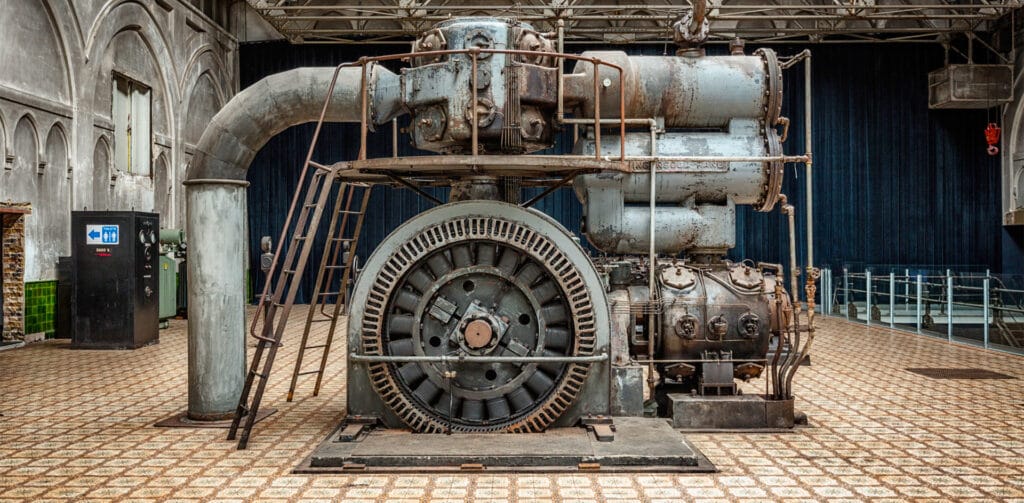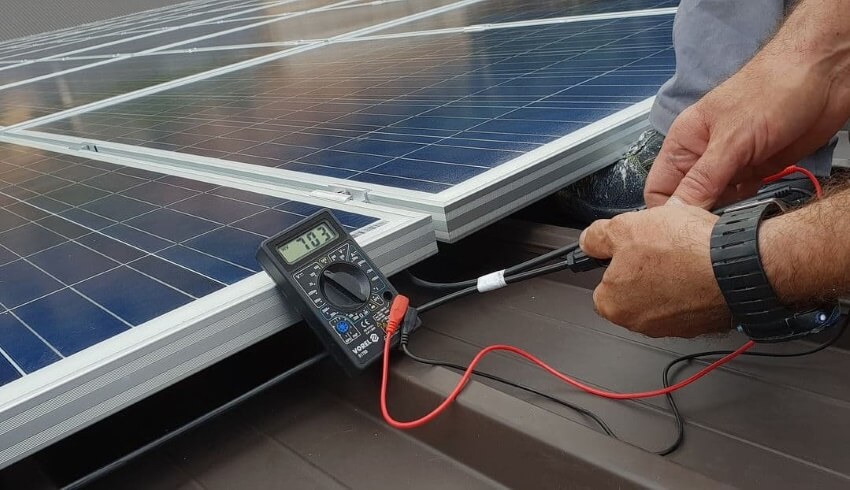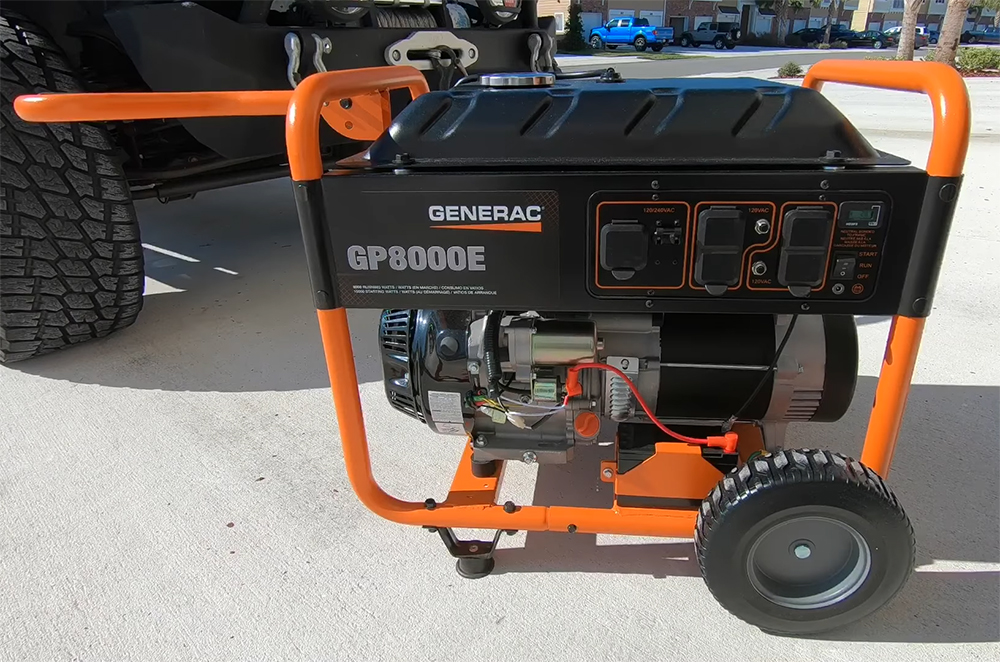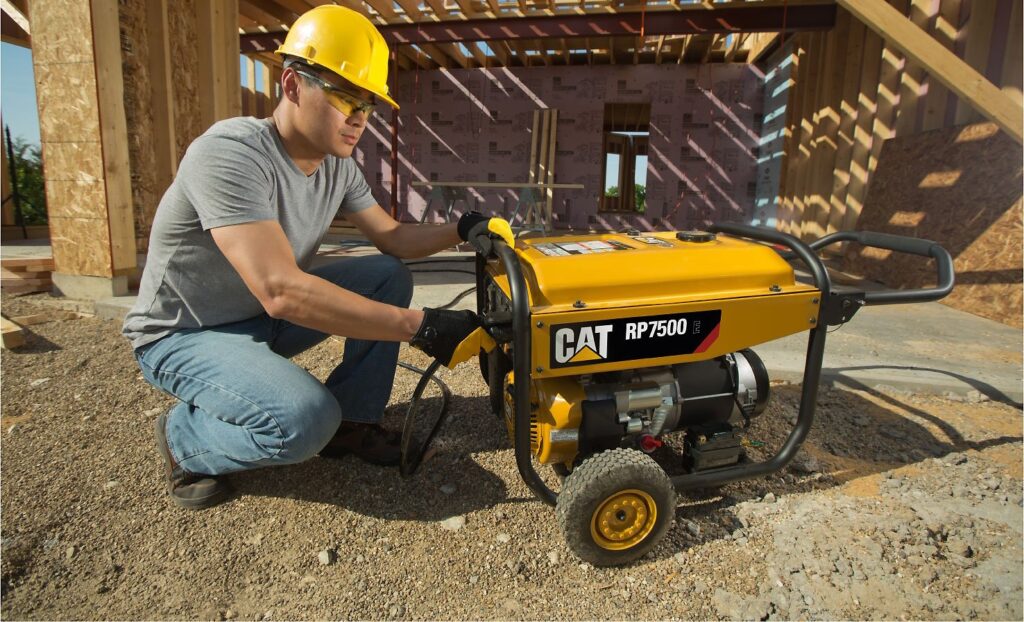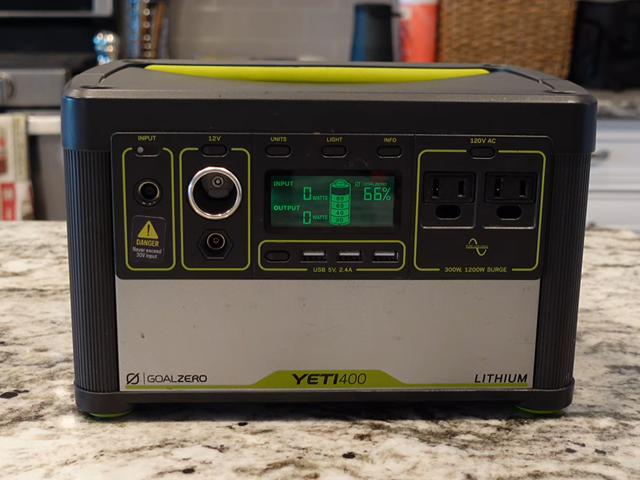
Most people don’t understand the difference between portable generators and portable power stations, and they end up confusing one for the other. Both types of equipment sound similar when you first start them, but they perform different functions and have a wide range of differences.
The portable generator converts other types of energy, like mechanical energy, into electric energy, and on the other hand, a portable power station is driven by a rechargeable battery to power a small space. Let’s take a closer look at portable generators vs. power stations to determine the differences.
A portable power generator will convert different kinds of energy, especially mechanical energy, into electrical energy.
Depending on the output, a power generator can provide electricity to a small room or an entire factory. The generator works with a steam turbine, water, a diesel engine, and other components to convert energy. The energy is generated by water or gas flow, fuel combustion, or nuclear fission.
For gas, users online have praised the Predator 1800 Watt Gas Powered Portable Generator.
This creates mechanical energy, which goes into the inverter generator to become electric energy. It comes in handy whenever there is a power outage. Portable power generators provide output between 1000 watts to over 20,000 watts. The more output you’re getting, the bigger the generator will be, so consider this when choosing the best portable generators. It will also be less portable, consume more fuel, and create more noise. With some large portable generators, a wheeled cart will be required to carry them around.
A portable generator can supply enough wattage to power an entire home. When selecting one, you should consider the intended purpose since they also offer different output levels and sizes. For high power, you can consider the Predator 9000-Watt Gas Powered Portable Generator.
On a portable generator, there is a control panel with different outlets and sockets. This is where the generator provides energy from. By burning the fuel in the fuel tank and plugging your home sockets, you can get continuous electricity without having a break in the power supply. Some generators also allow you to connect USB ports, digital panels, CO detectors Trusted Source What about carbon monoxide detectors? | US EPA Carbon monoxide (CO) is a colorless, odorless gas which at high levels can cause serious illness and death. CO alarms are widely available and should be considered a back-up to BUT NOT A REPLACEMENT for proper installation, use, and maintenance of fuel-bur www.epa.gov , or work with an app. It’s important to check the watts of the generator and the home appliances before purchase.
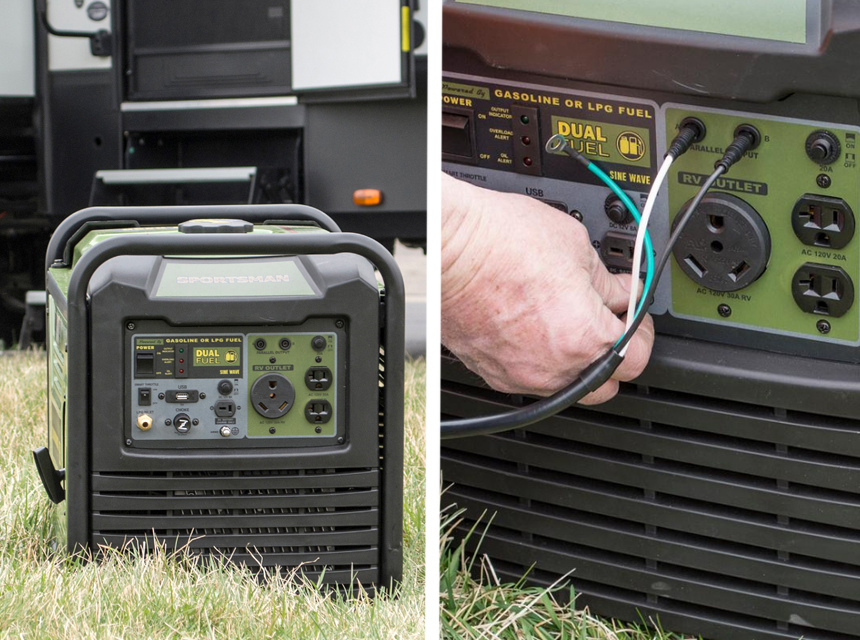
There are different advantages you can get when using a portable generator, but this doesn’t mean it’s not without its downsides.
Pros
Cons
On the other hand there is a portable power station, which is also called a battery-powered inverter generator or a gasless generator.
A portable power station is a source of electric power that runs on a rechargeable battery and can power a small house or an RV on camping trips. They are fitted with USB and household AC outlets for connecting the devices that you want to be powered.
Portable power stations provide more power than you’d expect for a piece of small equipment. Some are as small as a lunchbox, like the Westinghouse iGen160s.
The output for a portable power station is usually about 1000 watts, although larger types provide even more power. The best portable power stations are a fantastic choice if you need a power supply on a campsite or in a remote area whenever there is a power outage, as they are very easy to move around. On the downside, the battery capacity of a portable power station is the same as the number of Watts it gives off.
For instance, if the portable power station is running on a 1000 watts battery, you need to consider the watt-hour, and this will last for about an hour. This makes them less efficient for being a backup generator in case of a blackout, unlike a portable generator. But, they are quieter than a portable generator and don’t have as many safety risks.
A portable power station will be designed with multiple inlets ad outlets. The outlets on the control panel allow you to feed power to different appliances. But the inlet is meant to differentiate between the low and high amp charging. This way, you can charge your portable power station by plugging it into the inlet from high-power sources like solar panels and high amps.
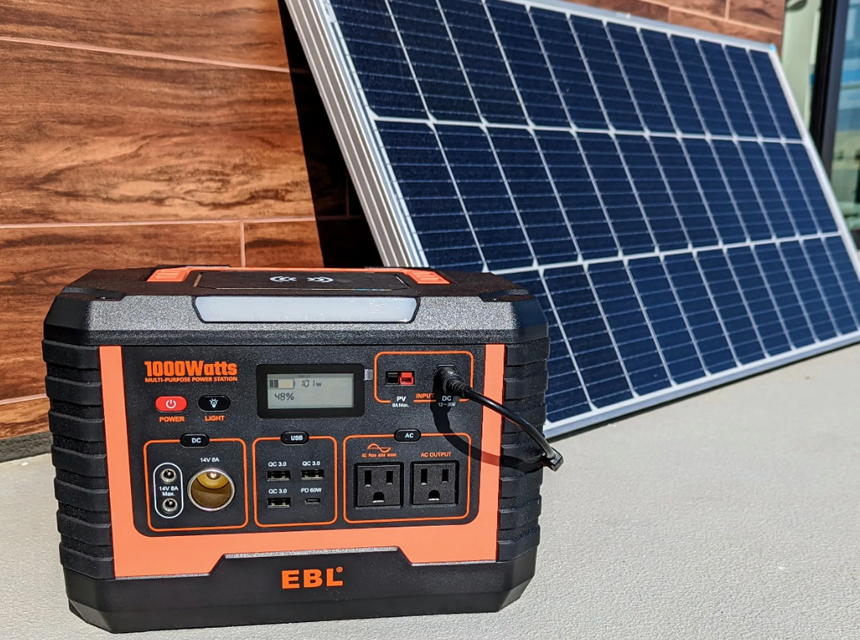
If you’re considering using a portable power station, you’ll be pleased to see the different advantages it offers. At the same time, there are a few disadvantages to keep in mind.
Pros
Cons
Now that you know what both pieces of equipment are, you might be wondering what is better: portable generators vs. portable power stations. They have corresponding features and can’t replace each other, so it depends on your needs.
First, here are the main differences between the portable power station and portable generator:
| Portable Generator | Portable Power Station |
| It creates electric power from mechanical energy. | It stores electric power in batteries. |
| Offers a high output of between 1000 and 20,000 watts. | Offers a low output of up to 1000 watts. |
| Can only run outdoors. | It can be used indoors and outdoors. |
| Needs regular maintenance to run properly. | Does not require maintenance. |
| Not suitable for sensitive electronics without an inverter. | It can power all kinds of small electronics. |
| Comes with a fire hazard and emits CO. | Does not emit CO or use any combustible fuels. |
| It is loud and emits noise. | It runs quietly. |
If you need a small source of electricity for charging small electronics or when camping, you should consider a portable power station. But, if you need a lot of power for your home, you’ll have to go for the portable generator. While the generator comes with different safety concerns and requires maintenance, unlike the power station, the power it offers is much better than from the power station. You’ll have to compromise if you need a lot of power.
How long will a portable power station last?
This depends on their battery capacity and how many electronics and devices it is currently powering. It can last from two to 12 hours before it will require charging. You can make it last longer by reducing the number of electronics you are charging. Also, ensure it is stored charged. Keep in mind that it takes several hours for a portable power station to be used again.
Can you charge a portable power station with a generator?
You can charge your portable power station with a gas-powered inverter generator. If you have a portable generator and power station, you can use the former to charge the latter. Other ways to charge it are through a solar panel or a standard electrical outlet.
How can I maintain my portable generator?
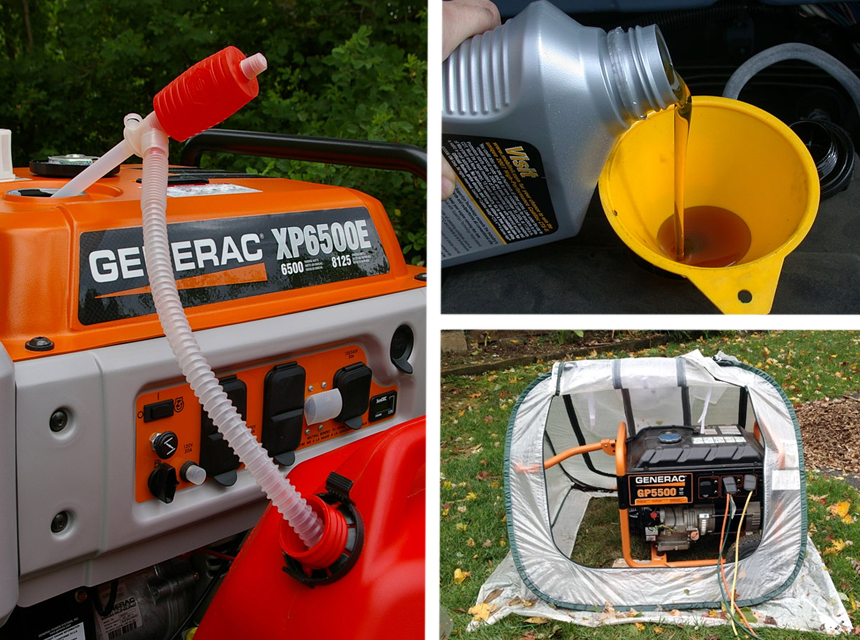
Portable generator maintenance involves emptying out the fuel tank after use, storing it in a clean and dry place like a shed or purchasing a cover, cleaning it once a week, and also training it so that it keeps working. You also need to have extra oil and filters and continuously monitor the wattage consumption.
Now that you understand the difference between portable generators vs. portable power stations, you can easily choose the one that works for you and your needs. Consider your power requirements and what you will be using the electricity supply for, and it becomes easier to pick one. While they seem similar, one cannot do the job of the other. If you need an all-rounder, you should go for the portable generator, but if you simply want to charge some phones or a laptop, or go camping often, choose the portable power station.
